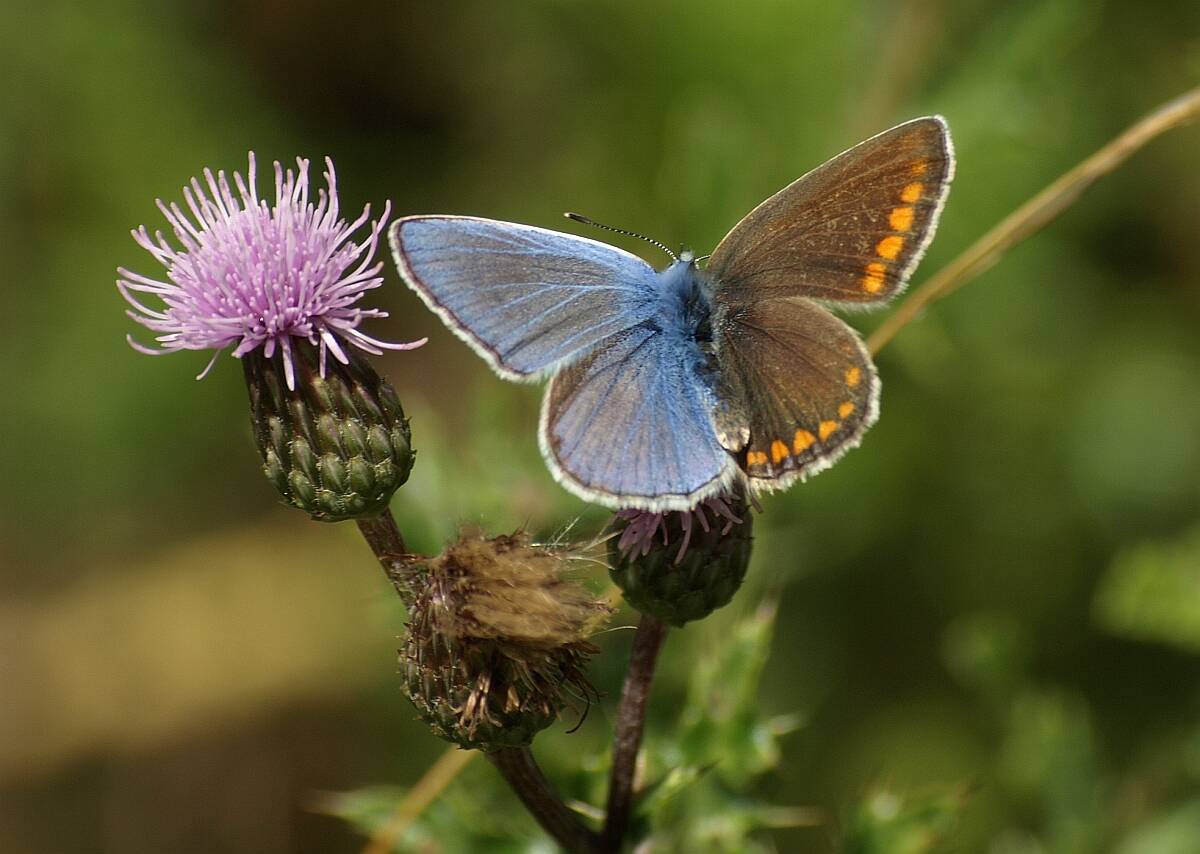By Mary F. Willson
The determination of biological sex turns out to be a complicated matter, even if we restrict the discussion to vertebrates. Sex determination in mammals depends on a pair of chromosomes, known as the X and Y chromosomes. An individual that is XX is female (with ovaries producing eggs); one that is XY is male (with testes producing sperm)—just a little piece of that Y chromosome is responsible for male-ness. And that’s that—-or so it was thought, for a long time.
However, the reality is a bit more complex. In a very few instances, an XX individual may develop male characteristics and an XY individual may have female traits—sometimes even to the point of having sex organs (testes or ovaries) of the other sex. This can happen, despite the chromosome combinations, if some of the genes that regulate hormones turn on or off at abnormal times during development; the hormonal effects may override the sex chromosomes. If such genes are activated (or deactivated) very early in embryo formation, the sex organs may not correspond to the chromosome combinations. If the hormone switches engage sometime later in development, an XX individual could have female sex organs but the physical and physiological traits of a male…and similarly for an XY individual developing female characteristics. Such individuals may function behaviorally as hormones dictate, but have little or no reproductive success.
Sex determination in birds also depends on chromosomes, in this case called ZZ (making a male genotype) and ZW (a female). Note that this is the reverse of the mammalian system, but some of the same hormonal discrepancies probably apply to birds as well. In addition, it seems that animals with this chromosomal sex determination mechanism are, for some reason, susceptible to another developmental anomaly: some individuals develop male traits in part of the body and female traits in the rest. This arrangement is called gynandromorphy (meaning female-male-morphology). Gynandromorph individuals are well-known, apparently, among birds, including chickens and several songbirds of the eastern U.S.; these individuals have one half with male plumage and the other half with female plumage. They also occur in reptiles, amphibians and fishes (as well as a variety of insects and other invertebrates) that share the ZW chromosome system (but apparently not those that have the XY system). At this point, it is uncertain if most of these gynandromorphs are natural or somehow induced by anthropogenic effects (such as pesticides). These individuals may function as one sex or the other, or neither one, but not both.
[An Alaskan is among NASA’s newest astronauts]
Among the fishes and some amphibians and reptiles, there is the further complication of hermaphroditism. Sequential hermaphrodites function first as one sex and then as the other. Clown fish (those colorful fellows that associate with anemones) are first male, then female (protandrous). Many wrasses are first female, then male (protogynous)—if a group of wrasses has no male, the dominant female in the group becomes male. Simultaneous hermaphrodites are male and female at the same time, a very rare condition in vertebrates (but quite common among invertebrates). Examples include sea basses and hamlets, in which individuals take turns acting as male and as female during a mating session, and the mangrove killifish, which can self-fertilize!
And on top of all that, there is environmental sex determination. Some of the hormonal anomalies mentioned above may be due to environmental factors, either anthropogenic or natural. For example, exposure to the pesticide atrazine has been reported (very controversially) to reduce testosterone and sperm production in some mammals and frogs — some of the frogs were effectively castrated. The best-studied natural environmental effects on sex determination involve temperature at which the eggs are incubated, particularly in reptiles (but also some fishes). Reptiles have sex chromosomes, like all vertebrates, and sex can be determined by those chromosomes in most (but not all) snakes and lizards. But sometimes, temperature effects can override the chromosomes readily. However, the temperature effects differ in different species: in many turtles, cool incubation temperatures lead to embryos developing as males, but warm temperatures lead to embryos developing as females. In crocodilians, both low and high incubation temperatures produce females, but intermediate temperatures produce males.
That’s a quick overview of a complex topic; all the known details would fill several volumes—and there are surely more details to be discovered. And there are the everlasting questions about “why”—why do birds have one sex-determination system and mammals another, and why do reptiles have both? Why do incubation temperatures matter to some animals but not to their close relatives? And so on…
• Mary F. Willson is a retired professor of ecology. “On the Trails” appears every Wednesday in the Juneau Empire.

